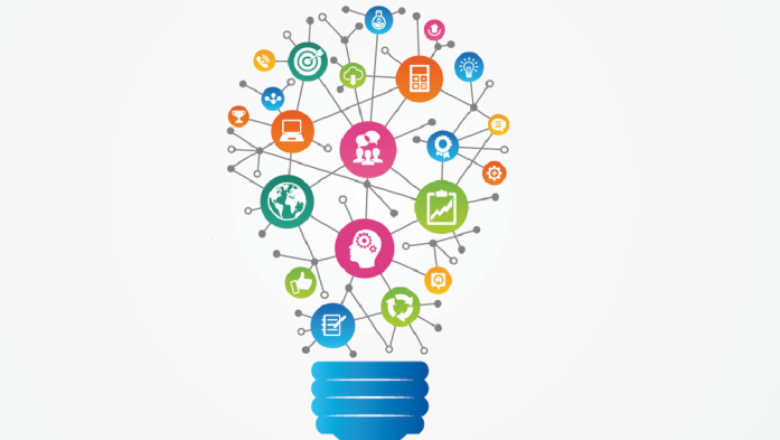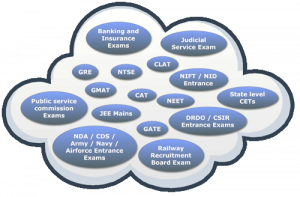Best Books to Read in 2023
Best Books to Read in 2023 Are you a bookworm or a bibliophile, if yes, then this is the ...
In India, conventional teaching methods are being combined with modern technological devices to produce a radical shift in the educational landscape. Online education in India has grown rapidly, making it increasingly important in light of global issues. The COVID-19 pandemic has hastened the shift toward online learning, but even prior to this, the Indian government had acknowledged the potential of digital education to reach every corner of the nation and enhance educational quality.
Also, read Distance Learning vs. Online Learning : A Comprehensive Guide

In this blog, we’ll delve into seven noteworthy government initiatives that are paving the way for a brighter future through online education in India. These initiatives aren’t just about adapting to change; they’re about seizing the vast opportunities that online education offers to our diverse and expansive nation.
Checkout 5 Top Reasons to Choose Online Learning
Boosting Infrastructure and Connectivity: The government’s proactive approach to enhancing infrastructure and connectivity for online learning is pivotal. Initiatives like the BharatNet project aim to provide broadband internet access to every village in India. Additionally, schemes are in place to distribute digital devices to both students and teachers, bridging the digital divide.

Government Initiatives Results: The impact of these government initiatives is palpable. According to a Ministry of Education study, 2.5 million Indian students took online courses in 2020-21, up from 1.5 million in 2019-20. A surprising 45% of instructors used online tools to teach the students they taught in 2020-21, up from 30% in 2019-20.
Future of Online Learning in India: Government recognition and efforts will propel online learning in India exponentially. It is now affordable, readily available, and an asset for learning. This transformation underscores the immense potential of digital education in India’s dynamic educational landscape.

While digital education presents numerous advantages, it’s not without its challenges:
As we finish exploring these seven government efforts for online education in India, we’re on the verge of a major education transformation. The government’s proactive measures aim to thrive in the digital era. These efforts show the potential for an inclusive education system that spans the urban-rural divide, provides lifelong learning, and prepares our children for globalisation. The future of Indian education is bright, accessible, and promising. With these government measures, more students, instructors, and institutions will use online education to fulfil their goals. The future of Indian education is bright and full of prospects.
Also, read Distance Learning vs. Online Learning : A Comprehensive Guide
Meet Tanu Bhatnagar, an educational expert with extensive experience in teaching, research and mentoring.With a decade in... (Full bio)

Best Books to Read in 2023 Are you a bookworm or a bibliophile, if yes, then this is the ...

In the exhilarating journey of 10 Proven Memorize Techniques for Students learning, memory is your trusty companion. Whether ...

Top 20 toughest exams in world is about exams in the world that required very hard work to ...

Top 20 toughest exams in India - Exams are the perhaps most toughest moments for any student. A ...

Top 20 Colleges of DU Getting admissions to the top 20 colleges of DU is a dream for every ...

Top 20 NITs of India - Amongst the 31 NITs in India, today, we are talking ...

Here are the Top 12 Artificial Intelligence in Mumbai. Artificial intelligence (AI) refers to the simulation of human ...

As you stand on the Best Science Courses after 12th academic journey, the realm of science beckons, offering ...
Millions of students have entrusted CollegeChalo to facilitate their seamless and smooth admission process to their dream colleges and universities. With CollegeChalo, you can gain a competitive edge by easily accessing exam and course details to stay ahead of the admission journey. What are you waiting for?
Search your dream college